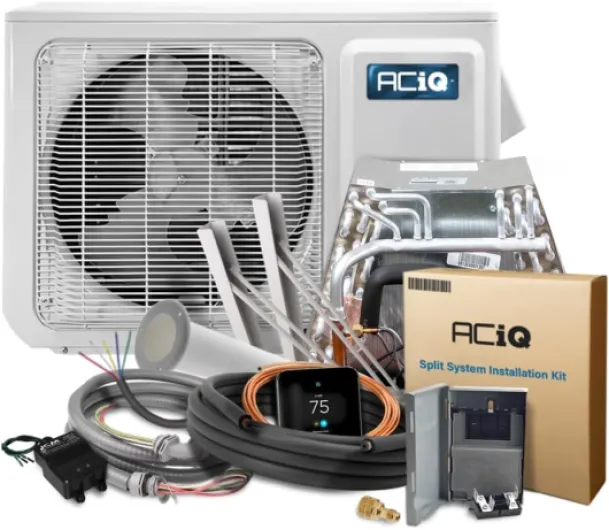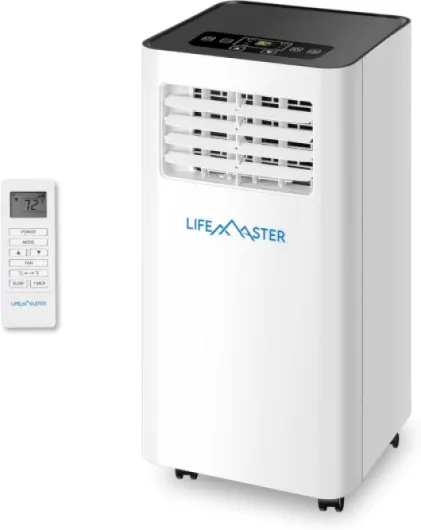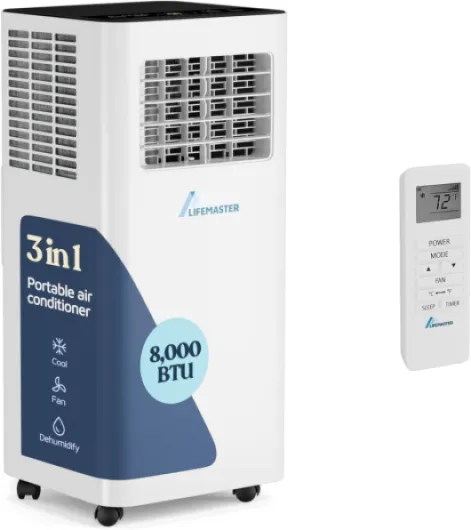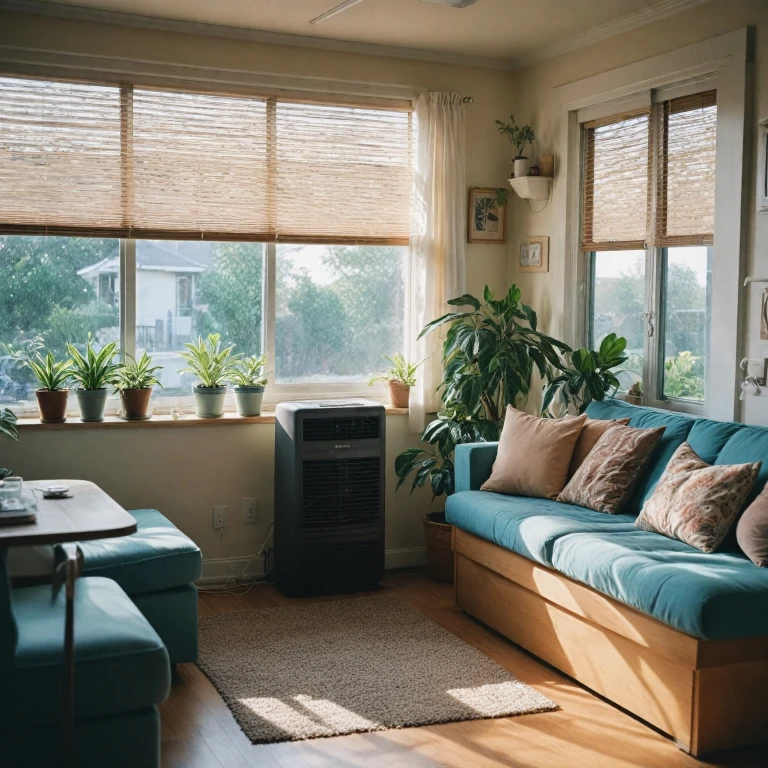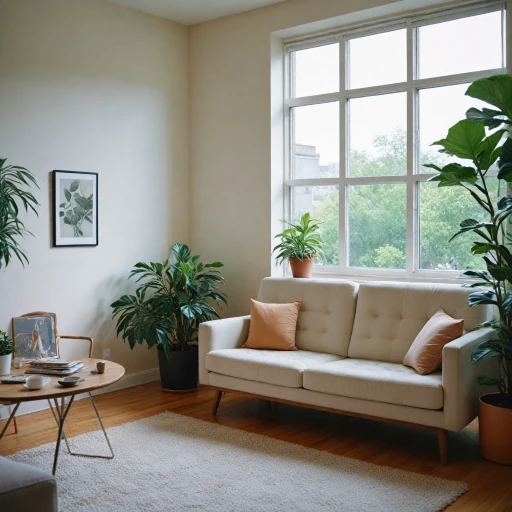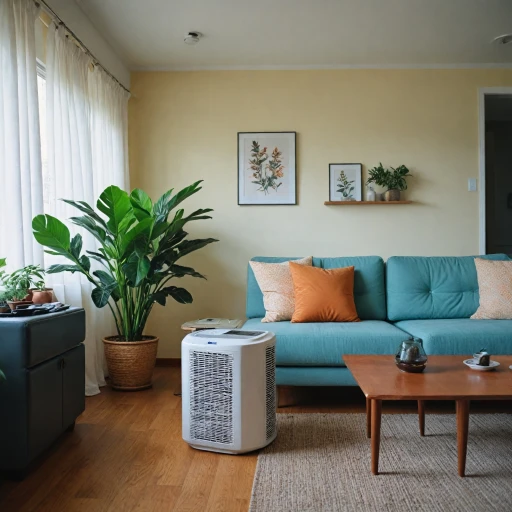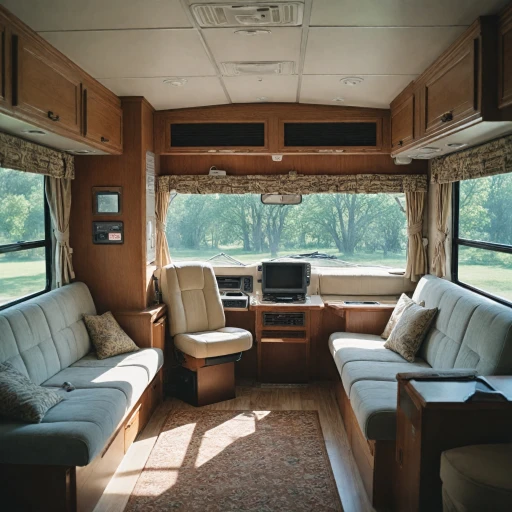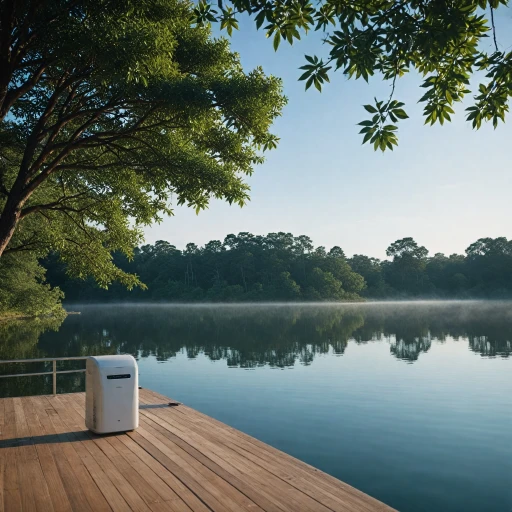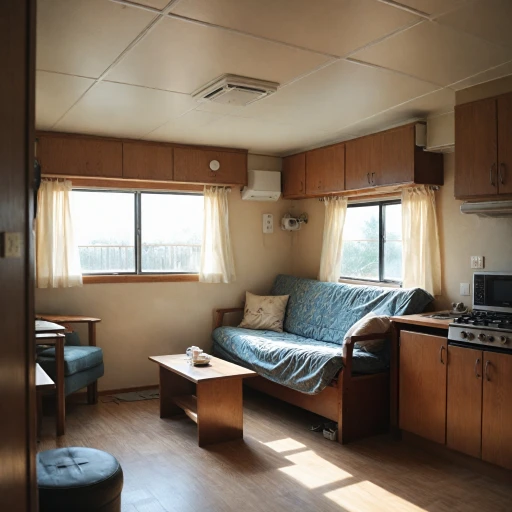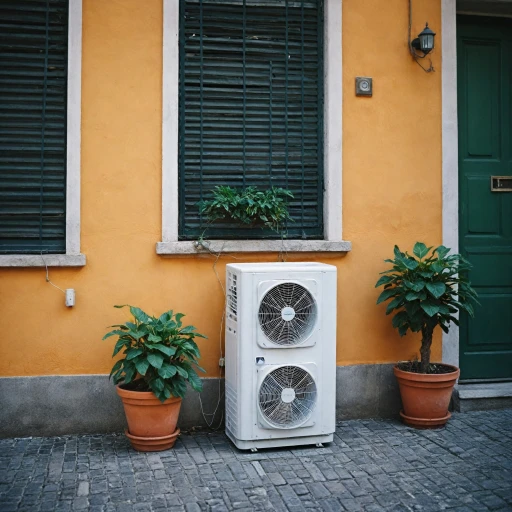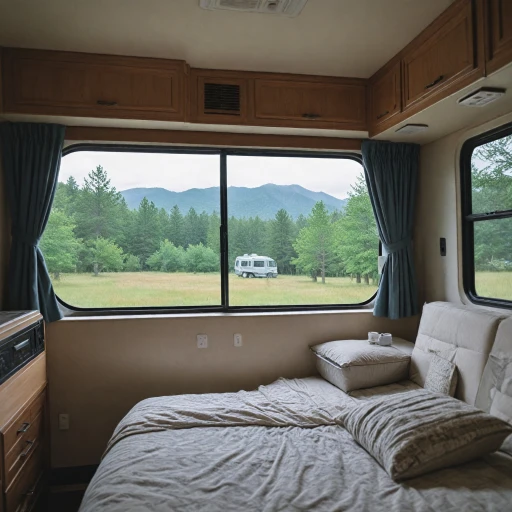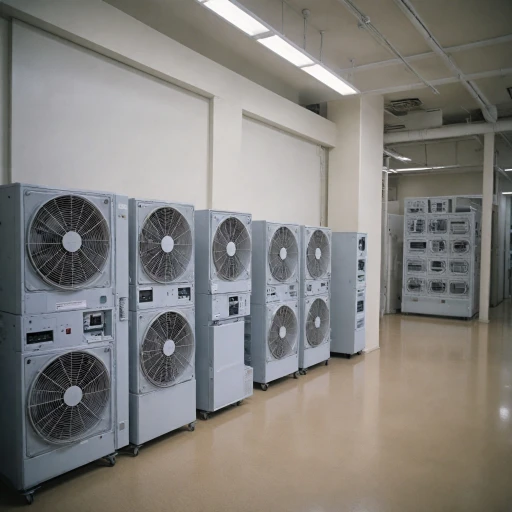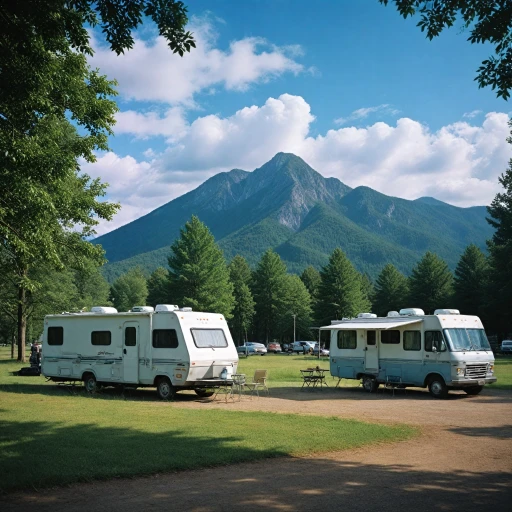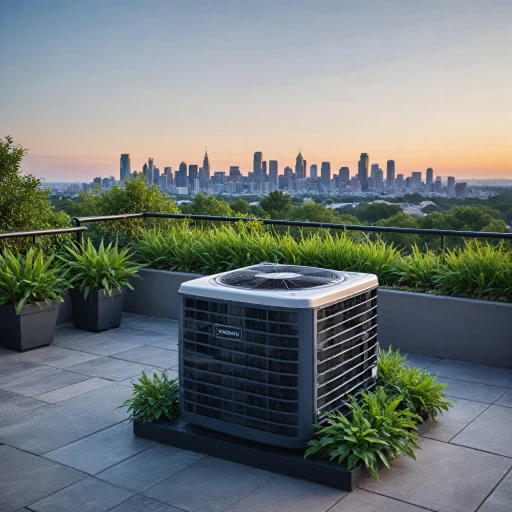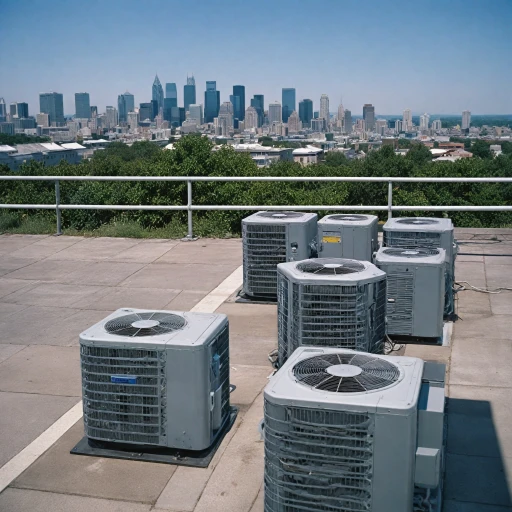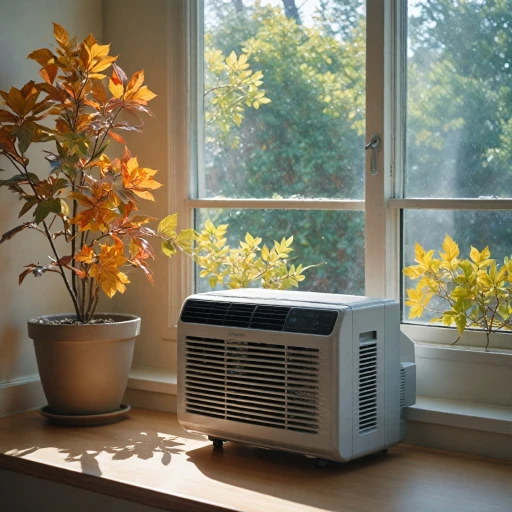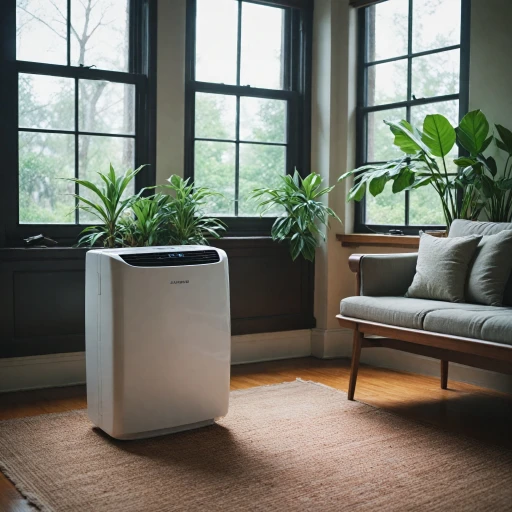
Understanding Mobile Home Cooling Needs
Understanding Cooling Requirements for Your Mobile Home
Choosing the right air conditioner for your mobile home is crucial for maintaining a comfortable living environment, particularly during hot weather. Mobile homes usually have unique cooling needs compared to standard homes due to their size and construction materials. Understanding these requirements is the first step in selecting an air conditioner that effectively meets your needs. Mobile homes are typically smaller, which means they need less cooling power than larger, more traditional home constructions. However, the reduced insulation and heat retention characteristics of mobile homes mean they can heat up more quickly. This makes energy efficiency a crucial consideration when choosing a portable air conditioner. Consider factors such as the layout of your mobile home, the number of rooms you want to cool, and the local climate. A portable air conditioner offers flexibility as it can be moved from one room to another if needed. Examine units that offer high Seasonal Energy Efficiency Ratio (SEER) ratings to ensure energy-efficient cooling without a spike in electricity bills. Additionally, you have to be aware of the impact of your mobile home's geographic location. If it is on the ground curbside or raised on a lift gate, it may affect installation feasibility and efficiency. Remote areas, too, might incur additional shipping costs or area surcharges. When purchasing a unit, always check if the product qualifies for free shipping or if there are shipping policy details that could affect the final price. To further explore how an air conditioning unit might affect your mobile home's functionality, consider researching about benefits of roof-mounted air conditioning units as they might provide insights into efficient space utilization and cooling efficiency for mobile homes.Types of Portable Air Conditioners
Exploring Portable Air Conditioning Options
When considering cooling solutions for your manufactured home, portable air conditioners provide flexibility and ease of use. Several types cater to different needs, ensuring comfort in various spaces. Here’s a look into the most common types:- Single Hose Units: Ideal for smaller mobile home spaces, single hose units work well by expelling warm air through a single exhaust hose. They are easy to set up and often qualify for free shipping due to lower product weight.
- Dual Hose Units: These are typically more efficient, ideal for those interested in long-term cooling solutions. With separate intake and exhaust hoses, they cool spaces more effectively, though this may attract additional surcharges if shipped to remote areas.
- Evaporative Coolers: These units use water to cool and are suitable for areas where humidity levels are low. Though not true air conditioners, they qualify as energy-efficient options with advantages in specific climates.
Key Features to Look For
Essential Features for Optimal Cooling
When selecting a portable air conditioner for your mobile home, there are several key features to consider that can significantly impact your comfort and the unit's efficiency. It's crucial to match these features with your specific needs to ensure effective cooling.
BTU Rating and Cooling Capacity
The BTU (British Thermal Unit) rating is a critical factor. It determines the cooling capacity of the air conditioner. For a mobile home, you need to consider the size of the area you want to cool. A higher BTU rating means more cooling power, but it also affects energy consumption. To find the right balance, consider the size of your space and the features of portable air conditioners that match your needs.
Energy Efficiency and SEER Ratings
Energy efficiency is a significant concern, especially if you're looking to save on energy bills. Look for units with high SEER (Seasonal Energy Efficiency Ratio) ratings. A higher SEER rating indicates better energy efficiency, which can lead to lower operating costs over time.
Portability and Installation
Portability is a key advantage of these units. Consider features like wheels and handles that make it easy to move the unit around your home. Additionally, check if the unit comes with a lift gate option for easy shipping and installation. Some products might qualify for free shipping or have specific shipping policies that apply, especially if you're in a remote area.
Noise Levels
Noise can be a concern, especially in a smaller space like a mobile home. Look for units that offer quiet operation, ensuring that the unit doesn't disrupt your daily activities or sleep.
Additional Features
- Remote Control: A remote control adds convenience, allowing you to adjust settings without having to get up.
- Dehumidifier Function: Some portable air conditioners come with a dehumidifier function, which can be beneficial in humid climates.
- Programmable Timer: A timer allows you to set the unit to turn on or off at specific times, enhancing energy efficiency.
By focusing on these features, you can ensure that your portable air conditioner not only cools your mobile home effectively but also operates efficiently and conveniently.
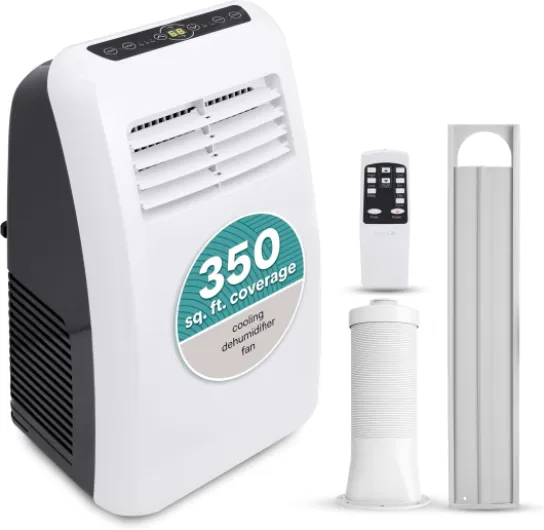
- + 3-in-1 functionality: Air conditioning, dehumidifying, and fan modes
- + Remote control for easy operation
- + Includes complete window mount exhaust kit
- + Compact and portable design
- + 8,000 BTU cooling capacity suitable for small rooms
Energy Efficiency and Cost Considerations
Maximize Cooling with Energy Efficiency
When selecting a portable air conditioner for your manufactured home, understanding its energy efficiency is crucial. An efficient unit not only ensures comfort but also manages energy consumption and cost. Here are some points to consider:
- SEER Ratings: The Seasonal Energy Efficiency Ratio (SEER) plays a vital role in determining the energy efficiency of air conditioners. Units with higher SEER ratings are more efficient and can significantly reduce energy bills.
- Tonnage: The "ton" of the unit refers to its cooling capacity. The right capacity is essential for efficiently cooling your space without excessive power consumption. Evaluate the size and heat load of your mobile home before deciding on the ton capacity.
- Energy Star Certification: Look for units that meet Energy Star standards, which signifies that the product qualifies for energy efficiency set by the Environmental Protection Agency (EPA).
- Operating Costs: Keep an eye out for air conditioners with energy-saving modes or smart thermostatic controls. These features lower product energy expenses by adjusting to your home’s temperature in real time.
Budgets and Costs: Understanding Surcharges and Shipping
The cost implications of a portable air conditioner go beyond the purchase price. Consider shipping, applicable surcharges, and installation costs:
- Shipping Policies: Investigate the product's full shipping policy. Some sellers offer free shipping for products that meet certain criteria or weight thresholds (like items over specific lbs), so it’s valuable to explore what qualifies free or has ground curbside or lift gate services.
- Surcharges: Be aware of potential area surcharges, particularly if you reside in a remote area or need the unit shipped to a challenging locale.
- Installation Costs: Depending on preference and proficiency, choose between curbside delivery or assistance with lift gate services. Ensure you are aware of potential installation or maintenance policies that apply full service.
When considering purchasing options, review experiences from other homeowners. You could write review insights about the model, shipping, and overall performance to further inform and guide your decision-making process.
Installation and Maintenance Tips
Installation Guidance for Portable Air Conditioners
Installing a portable air conditioner in your mobile home requires careful attention to detail for optimal performance. Here’s a guide to help you navigate the installation process efficiently.- Placement: Choose a location near electrical outlets to avoid extension cords, which can be safety hazards. It’s also beneficial to select a spot where hot air can be easily vented out, such as near a window or a revolv manufactured home wall where a temporary exhaust hose can be installed.
- Venting Requirements: Proper venting is crucial to ensure that the hot air is directed away from your living space. Most portable air conditioners come with a window installation kit. However, if your home doesn’t qualify for standard setups, consider semi truck style venting options or consult a professional for tailored solutions involving lift gate mechanisms.
- Power Source and Electrical Safety: Make sure that the unit is plugged into a dedicated outlet if possible. This helps in preventing an overload which could trip circuits. Also, confirming that your existing wiring can handle the air conditioner’s amperage is key. Review the shipping policy to ensure any shipped electrical modifications comply with local guidelines.
Maintaining Your Portable AC for Longevity
Routine maintenance is essential in keeping the air conditioner running efficiently and extending its lifespan.- Regular Cleaning: Clean or replace the air filters every couple of months to ensure good air quality and to avoid putting excess strain on the system. This basic upkeep can apply both to units with ground curbside delivery and larger setups qualifying for truck shipments.
- Draining and Dehumidification: Some models have automated dehumidification, but if your unit gathers water, regularly empty the reservoir or apply appropriate drainage solutions.
- Professional Servicing: Scheduling annual servicing appointments helps to catch any potential issues early. Servicing should be more frequent in remote area setups where surcharges might apply for emergency interventions.
- Seal and Insulate: Ensure all connections are properly sealed. Whether your unit was shipped via semi or delivered curbside, double-check any weak spots that could cause leaks.
Common Challenges and Solutions
Addressing Common Obstacles in Mobile Home Air Conditioning
Finding the perfect portable air conditioner for a mobile or manufactured home is just the beginning. Addressing potential challenges ensures that you maximize your unit's efficiency and longevity.Tackling Difficult Cooling Areas
Mobile homes can have unique cooling needs due to limited space and variability in insulation. To ensure effective cooling:- Identify spots that may require additional attention, such as poorly insulated windows and doors.
- Consider repositioning the unit or utilizing multiple smaller units to optimize coverage.
Managing Installation and Operational Hurdles
Installation can come with its set of challenges:- Always follow the manufacturer's guidelines, especially when fitting exhaust pipes. Incorrect setup can reduce efficiency and comfort.
- If using a lift gate, ensure it's securely in place to prevent accidents.
- Remember that some products might require shipping via semi truck due to size. Check your product qualifies for this specific shipping method, especially if you're in a remote area.
Dealing with Maintenance and Upkeep
Routine maintenance helps in preventing unexpected problems:- Regularly clean or replace air filters to maintain air quality and efficiency.
- Ensure that the unit's drainage system is functioning correctly to avoid water buildup within the mobile home.
- Adhere to the shipping policy regarding any repairs or returns. Knowing what qualifies for free shipping and the applicable surcharges can save you costs.
